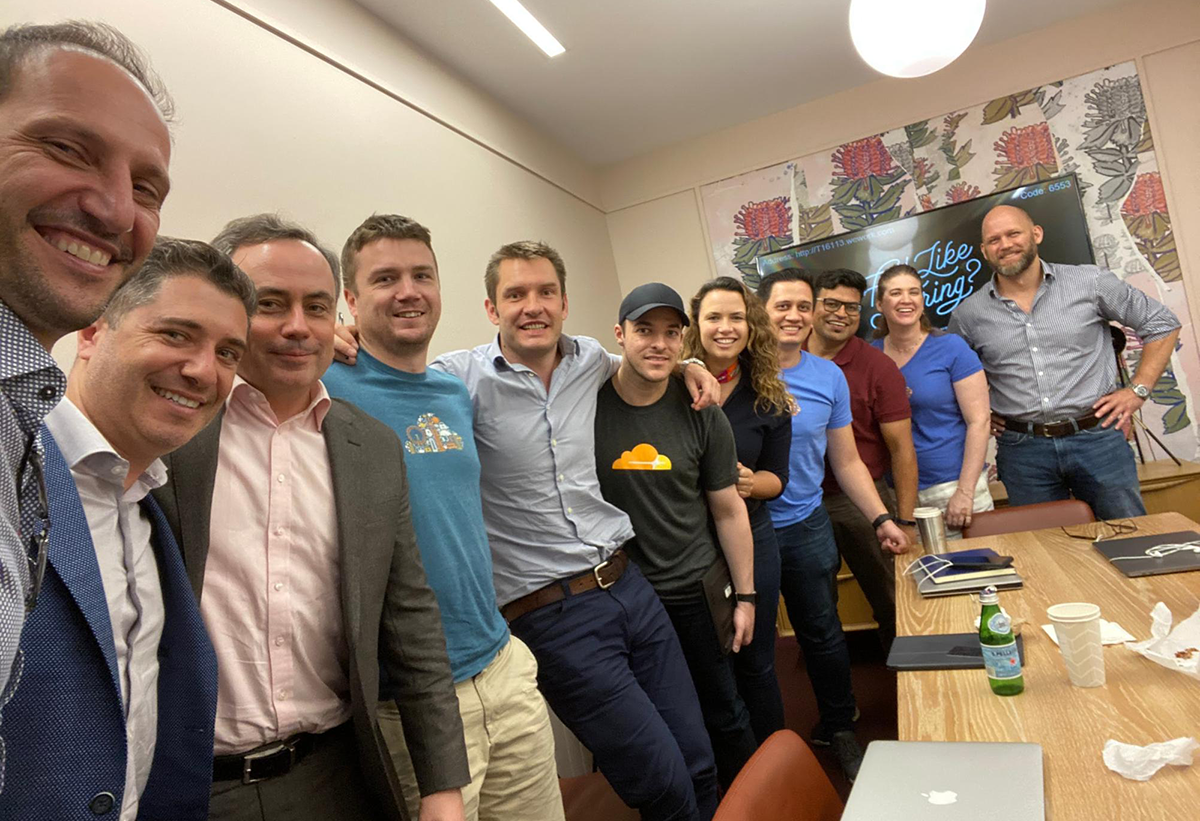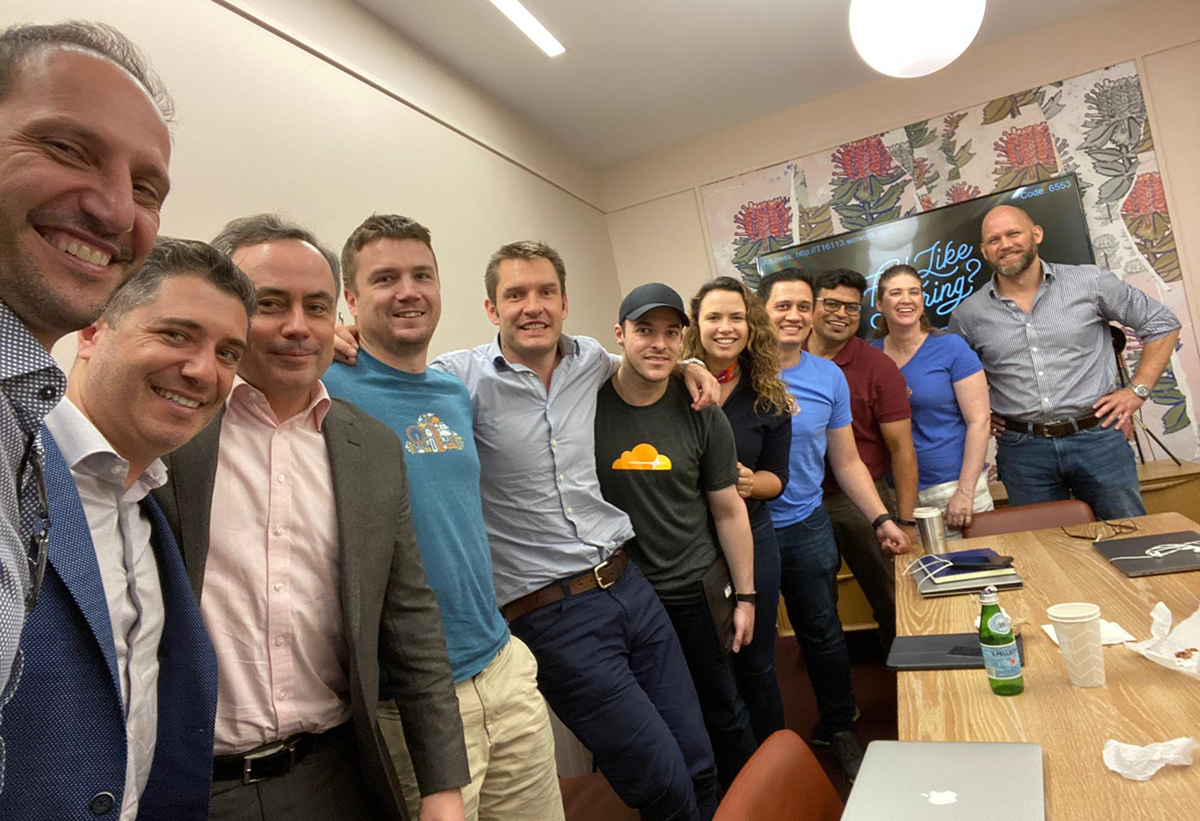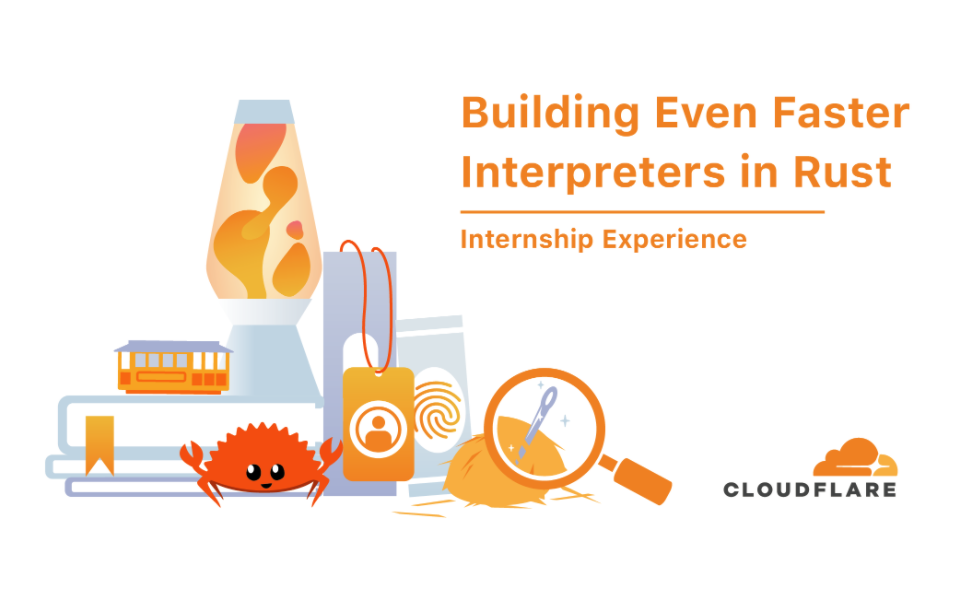Go Learning Resources
A record of the resources that I have used to learn Golang.A Year Later: Reflections on the ANZ Security Landscape


It’s been one year since I joined Cloudflare as Head of Australia and New Zealand. While it has been a great year for our ANZ operations, it is hard to stop thinking about the elephant in the room, especially as I’m writing this blog from my home in the middle of Melbourne’s lockdown.
The pandemic has not only disrupted our daily lives, but has also caused a massive shift to remote work for many of us. As a result, security teams lost visibility into office network traffic, their employees moved to unsupervised WiFi networks with new video conferencing technology, and their IT teams found that their out-dated VPN platforms could not handle all the traffic of remote employees. While many organisations were already moving to cloud-based applications, this year has exacerbated the need for greater security posture. Our team has been even more humbled by our mission to help build a better Internet and help organisations face the increased security threats COVID-19 has triggered. With that in mind, I’d like to take a look back at the milestones of the past year.
First, I’d like to recognise how strong and resilient our people have been in the past year. It Continue reading
Challenge Labs added to NVIDIA Cumulus in the Cloud
There are many aspects to developing the skills to be an effective network engineer and this skill set falls into a few different categories. Logically the first step to conquer is understanding the various networking technologies and protocols. This requires a more traditional form of learning— studying protocols through specs or RFCs, reading whitepapers etc. The next step is implementing this knowledge through configuring network devices. Learning this skill is more like trying to learn a different language. The BGP protocol itself adheres to a set of standards, but each network device might present the configuration of BGP in a different way. The final, and possibly most difficult skill to acquire is a combination of the first two: troubleshooting.
Effectively troubleshooting requires not just a solid foundational knowledge about the technology and how it works, but also the need to understand how to configure and validate that configuration on the network devices. The foundational knowledge permeates through the various implementations regardless of vendor, but configuration and validation vary drastically from one to the next. This leads to perhaps the most difficult aspect of troubleshooting. It’s not just enough to understand how a technology works, but you must also understand a Continue reading
VMware Transit Connect – Simplifying Networking for VMC
The release of VMware Cloud on AWS (VMC) 1.12 brings a number of exciting new capabilities to the managed service offering. A comprehensive list can be reviewed in the release notes. A key feature that is now Generally Available (GA) in all VMC commercial regions worldwide is VMware Transit ConnectTM. VMware Transit Connect enables customers to build high-speed, resilient connections between their VMware Cloud on AWS Software Defined Data Centers (SDDCs) and other resources. This capability is enabled by a feature called SDDC Groups that helps customers to logically organize SDDCs together to simplify management.
The SDDC Group construct empowers customers to quickly and easily define a collection of SDDCs, Virtual Private Clouds (VPCs) or on-premises connectivity that need to interconnect. Additionally, the SDDC Group construct provides value inside the individual SDDCs by simplifying security policy as will be shown later in this post. Behind the simplification that SDDC Groups provide is the instantiation of an VMware Managed AWS Transit Gateway, a VTGW. The VTGW is a managed service from VMware and provides the underlying connectivity between the different resources.
The initial Transit Connect service provides three primary connectivity models:
- SDDC to SDDC
- SDDC to Native AWS VPC
- Continue reading
Building even faster interpreters in Rust


At Cloudflare, we’re constantly working on improving the performance of our edge — and that was exactly what my internship this summer entailed. I’m excited to share some improvements we’ve made to our popular Firewall Rules product over the past few months.
Firewall Rules lets customers filter the traffic hitting their site. It’s built using our engine, Wirefilter, which takes powerful boolean expressions written by customers and matches incoming requests against them. Customers can then choose how to respond to traffic which matches these rules. We will discuss some in-depth optimizations we have recently made to Wirefilter, so you may wish to get familiar with how it works if you haven’t already.
Minimizing CPU usage
As a new member of the Firewall team, I quickly learned that performance is important — even in our security products. We look for opportunities to make our customers’ Internet properties faster where it’s safe to do so, maximizing both security and performance.
Our engine is already heavily used, powering all of Firewall Rules. But we have bigger plans. More and more products like our Web Application Firewall (WAF) will be running behind our Wirefilter-based engine, and it will become responsible for eating up a Continue reading
When Machine Learning in Networking Might Make Sense
In March I explained why it’s unrealistic to expect to use machine learning to solve unknown problems in today’s snowflake networks… but are there other problems that could be solved?
Here’s an idea Paul Greenberg pointed me to: machine learning on public DNS data. Let’s see whether it might make sense:
Go Learning Resources
This is a record of the resources that I am/have used to learn the Go programming language. This is mostly for my records but other that venture down the Golang path may also find it useful. Books Get Programming with Go - Nathan Youngman / Roger Peppe Black Hat Go: Go Programming For...The Many Uses of Network Observability
[This post is jointly written by Justin Pietsch and Dinesh Dutt]. Observability is an important concept in distributed systems these days. It is taken from control systems, which has a very precise mathematical definition. From Wikipedia: “It is a measurement of how much of the internal state of the system...Tech Bytes: Dell Technologies With Intel Partner To Deliver An Innovative Microsoft Azure Stack HCI (Sponsored)
Today's Tech Bytes podcast, sponsored by Dell Technologies, examines an Azure Stack HCI offering from Dell EMC. Dell worked with Intel and Microsoft to optimize the performance and scale of the Azure Stack platform, including the use of Intel Optane's persistent memory. Our guests are Jayanth YK, Sr. Cloud Architect - Microsoft Hybrid Cloud at Dell Technologies; and Chris “Murph” Murphy, Regional Sales Director at Intel.
The post Tech Bytes: Dell Technologies With Intel Partner To Deliver An Innovative Microsoft Azure Stack HCI (Sponsored) appeared first on Packet Pushers.
Tech Bytes: Dell Technologies With Intel Partner To Deliver An Innovative Microsoft Azure Stack HCI (Sponsored)
Today's Tech Bytes podcast, sponsored by Dell Technologies, examines an Azure Stack HCI offering from Dell EMC. Dell worked with Intel and Microsoft to optimize the performance and scale of the Azure Stack platform, including the use of Intel Optane's persistent memory. Our guests are Jayanth YK, Sr. Cloud Architect - Microsoft Hybrid Cloud at Dell Technologies; and Chris “Murph” Murphy, Regional Sales Director at Intel.Dictionary: Firewall Rulette
 Define the term 'firewall roulette'
Define the term 'firewall roulette'
The Hedge Podcast #53: Deprecating Interdomain ASM
Interdomain Any-source Multicast has proven to be an unscalable solution, and is actually blocking the deployment of other solutions. To move interdomain multicast forward, Lenny Giuliano, Tim Chown, and Toerless Eckhert wrote RFC 8815, BCP 229, recommending providers “deprecate the use of Any-Source Multicast (ASM) for interdomain multicast, leaving Source-Specific Multicast (SSM) as the recommended interdomain mode of multicast.”
A Decade of Blogging

Today is a milestone for me. Ten years ago I picked up a virtual notepad for the first time and committed my first blog post to the ether. It’s been a wild ride ever since. It also marks the milestone of being the job that I’ve held the longest so far in my career.
Blogging has been a huge boon for me. I’ve become a better writer in the last decade. I’ve learned how to ask the right questions and get good material for a story instead of just putting out what someone wants me to say. I’ve learned that being a pseudo-journalist is a thing you can do and have fun with.
I’ve written a ton over the years. 751 posts, as a matter of fact (counting this one). I’ve always tried to hold myself to a standard of getting something out once a week. Aside from the few times when I’ve tried to push that to twice a week I’ve held up pretty well. Yeah, I’ve slipped and the day job has gotten in the way more than once. However, keeping myself to a strict schedule has ensured that my attention stays focused on this blog and that Continue reading